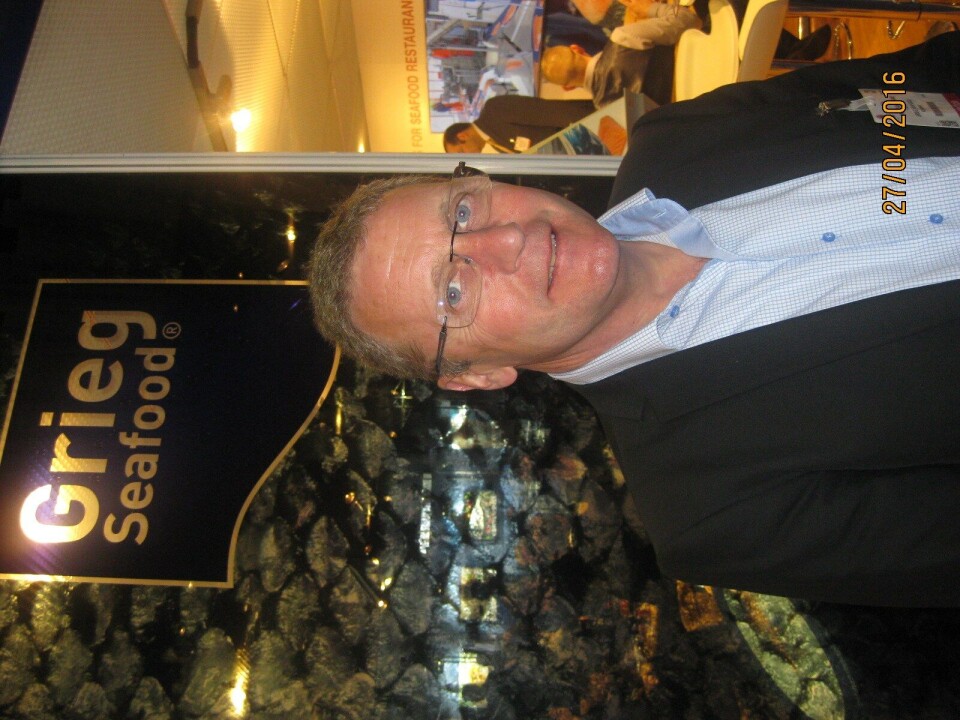
Solving the algal problem
Andreas Kvame, CEO of Grieg Seafood, believes that Grieg Seafood Shetland (GSS) has turned a corner, following a traumatic final four months of 2015, in which algal blooms took their toll on both their salmon stocks and their staff morale.
Over the recent years in Shetland we’ve successfully dealt with problems caused by AGD and seals. Now we’ve invested in new equipment to help combat any new algal blooms,” he told Fish Farming Expert at SEG today.
“Our farms in BC have suffered from similar algal blooms over the years, but we’ve found ways of dispersing the algae. We can learn from this example both in terms of equipment and training up our Scottish workforce to use it,” he says.
The equipment in question comes in two types, Kvame explains: “One is a pipe that blows strings of bubbles every 20cm which can be placed round a cage to help keep the algae out. The other is an air cannon that can be placed at the bottom of the cage, causing upwelling of clean water that disperses any algae from the top layers of the cage.”
“These systems are a substantial investment – both in terms of purchasing the equipment and running it, as both require extra generators to work, but we know that they work in BC and we have flown out our Scottish farm managers and company vets to BC to learn how to use the equipment,” he reflects.
He hopes that, thanks to the new safeguards in place, algae should not be such a concern in Shetland in the year ahead and he is optimistic that the company now has the right formula to deal with whatever biological challenges appear in the future.
“We’re going to shorten the time our fish spend at sea from 24 to 18 months, which will reduce their exposure to threats such as algae and parasites by 25%,” he points out. “And this has been made possible by our hatchery at Girlsta, which has exceeded our expectations in terms of productivity and in terms of the quality of smolt it’s producing – our model is now to produce smolts of 175g each, while our target is to increase this to 200g.”
“And now things are developing very well,” he adds, “with the latest batch of smolts put to sea earlier than ever and their growth rate has been very good so far.”
Mr Kvame adds that the company plans to follow a similar model in its Norwegian operations.
“We have made an investment in a similar RAS hatchery in Haugeland, in the south of Norway, and we will use the same strategy in terms of smolt stocking there,” he explains.
He also emphasises that the company has stepped up its training programme in Shetland.
“We started leadership and management training in Shetland last year – it’s ongoing at the moment and it has been a good job so far,” he reflects.






















































